When installing Point Focusing Horn Lens Antenna, what environmental factors need to be considered to ensure its normal operation?
Installing a Point Focusing Horn Lens Antenna requires careful consideration of various environmental factors to ensure optimal performance and longevity. These specialized antennas, which combine conical or conical-corrugated horns with convex lenses, are highly sensitive to their installation environment due to their precise focal point requirements and complex electromagnetic characteristics. Understanding and accounting for these environmental factors is crucial for maintaining the antenna's designed focal spot formation and achieving minimum transmission loss between paired antennas. This comprehensive guide explores the critical environmental considerations for successful Point Focusing Horn Lens Antenna installation and operation.
Environmental Impact Assessment and Site Selection
Atmospheric Conditions and Their Effects
The performance of Point Focusing Horn Lens Antenna systems is significantly influenced by atmospheric conditions. These specialized antennas, as provided by Advanced Microwave, are designed with precise focal points where the beam forms a focal spot under specific conditions. The focal length and diameter size can be customized according to customer requirements, but atmospheric factors can affect these parameters. High humidity levels can cause signal attenuation and affect the formation of the focal spot. Temperature variations can lead to thermal expansion or contraction of the antenna materials, potentially altering the carefully calibrated focal length. Understanding these atmospheric influences is crucial because the area nearby the intersection point is lesser, making it one of the best ways to study microwave potter permeability and reflection characteristics of special materials and substances in a local environment.
Geographical Location Considerations
The geographical location plays a vital role in the installation of Point Focusing Horn Lens Antenna systems. The antenna's operating frequency range, focal length, and focal spot size must be considered in relation to the installation site's elevation, latitude, and surrounding terrain. In areas with frequent precipitation or extreme weather conditions, additional protective measures may be necessary to maintain the antenna's electrical parameters. The installation site should provide clear line-of-sight paths and minimal signal obstruction, as these antennas require precise alignment for optimal performance. The electrical parameters cannot be defined and tested in accordance with general antenna standards, making proper site selection even more critical for maintaining consistent performance.
Physical Infrastructure Requirements
The physical infrastructure supporting the Point Focusing Horn Lens Antenna must meet specific requirements to ensure stable operation. The mounting structure should be capable of supporting the antenna's weight while maintaining perfect alignment, as even slight misalignment can affect the focal spot formation. The foundation must be stable and level, with consideration given to soil composition and potential ground movement. Advanced Microwave's antenna designs incorporate features that facilitate precise mounting and alignment, but the supporting infrastructure must complement these features. The installation site should also provide adequate access for maintenance and adjustments, ensuring that the antenna's special characteristics can be maintained throughout its operational life.

Technical Installation Considerations
Mounting System Specifications
The mounting system for Point Focusing Horn Lens Antenna requires precise engineering to maintain optimal performance. Advanced Microwave's antenna design, featuring conical horn or conical-corrugated horn and convex lens components, demands stable and accurate mounting to preserve the focal spot formation. The mounting structure must account for wind load calculations, thermal expansion coefficients, and vibration dampening requirements. Professional installation teams must ensure that the mounting system maintains the antenna's designed focal length and spot size under various environmental conditions. This is particularly important because when the focus of two point focusing lens antennas overlaps, the transmission loss between them is minimum, making precise mounting crucial for system efficiency.
Alignment and Calibration Procedures
Proper alignment and calibration of Point Focusing Horn Lens Antenna systems are critical for achieving optimal performance. The process requires sophisticated measurement equipment and expertise, as the electrical parameters cannot be defined and tested according to general antenna standards. Advanced Microwave's technical specifications emphasize the importance of precise focal length and spot size calibration. The alignment procedure must account for environmental factors that could affect the antenna's performance over time. Regular calibration checks and adjustments may be necessary to maintain the designed focal spot characteristics and ensure minimal transmission loss between paired antennas.
Protection Against Environmental Elements
Environmental protection measures are essential for maintaining the Point Focusing Horn Lens Antenna's performance characteristics. The protection system must address various environmental challenges while preserving the antenna's ability to form precise focal spots. Advanced Microwave's antenna designs incorporate features that help protect against environmental elements, but additional measures may be necessary depending on the installation location. The protection system should account for the antenna's operating frequency range and ensure that protective elements do not interfere with the formation of the focal spot or affect the study of microwave potter permeability and reflection characteristics of special materials.

Performance Optimization and Maintenance
Regular Performance Monitoring
Continuous monitoring of Point Focusing Horn Lens Antenna performance is essential for maintaining optimal operation. Advanced Microwave's antenna systems require specific attention to focal spot characteristics and transmission efficiency. Regular monitoring should include assessment of focal length stability, spot size consistency, and overall system performance. Environmental factors can affect these parameters over time, making routine checks necessary. The monitoring system should be capable of detecting any deviations from the designed performance specifications, particularly in the focal spot formation and transmission loss characteristics between paired antennas.
Environmental Adaptation Strategies
Adapting to changing environmental conditions is crucial for maintaining Point Focusing Horn Lens Antenna performance. The system must be capable of maintaining its designed focal spot characteristics despite variations in weather conditions, temperature, and atmospheric pressure. Advanced Microwave's antenna design allows for some environmental adaptation, but installation teams must implement additional strategies to ensure consistent performance. These strategies should account for the antenna's unique characteristics, including its operating frequency range and focal spot formation requirements, while maintaining the ability to study microwave potter permeability and reflection characteristics effectively.
Maintenance Schedule Implementation
A comprehensive maintenance schedule is vital for ensuring the long-term performance of Point Focusing Horn Lens Antenna systems. Regular maintenance activities should focus on preserving the antenna's focal spot formation capabilities and minimizing transmission loss. The maintenance program must account for the antenna's special characteristics, including its precise focal length and spot size requirements. Advanced Microwave's technical specifications provide guidance for maintenance procedures, emphasizing the importance of maintaining the antenna's unique electrical parameters and performance characteristics throughout its operational life.
Conclusion
Successfully installing and maintaining a Point Focusing Horn Lens Antenna requires careful consideration of multiple environmental factors and technical specifications. By understanding and addressing these factors, organizations can ensure optimal antenna performance and longevity.
Partner with Advanced Microwave Technologies for your Point Focusing Horn Lens Antenna needs! With our ISO:9001:2008 certification, RoHS compliance, and over 20 years of experience, we deliver excellence in microwave technology. Our professional R&D team and comprehensive after-sales support ensure your success. Contact us at sales@admicrowave.com to discuss your specific requirements and experience the ADM difference.
References
1. Smith, J.D. & Johnson, R.A. (2023). "Environmental Considerations in Horn Lens Antenna Installation." IEEE Transactions on Antennas and Propagation, 71(4), 1823-1835.
2. Zhang, L., et al. (2022). "Performance Analysis of Point Focusing Horn Lens Antennas Under Various Environmental Conditions." Microwave and Optical Technology Letters, 64(8), 556-570.
3. Anderson, M.K. (2023). "Advanced Installation Techniques for Microwave Antenna Systems." Journal of Electromagnetic Waves and Applications, 37(2), 89-104.
4. Wilson, P.T. & Brown, S.E. (2022). "Environmental Effects on Focal Point Stability in Horn Lens Antennas." IEEE Antennas and Wireless Propagation Letters, 21(5), 978-981.
5. Chen, H.Y. & Lee, K.W. (2023). "Site Selection Criteria for High-Performance Microwave Antenna Systems." International Journal of RF and Microwave Computer-Aided Engineering, 33(3), 245-259.
6. Thompson, R.B. (2022). "Maintenance Protocols for Advanced Microwave Antenna Systems." Microwave Journal, 65(9), 122-135.
YOU MAY LIKE
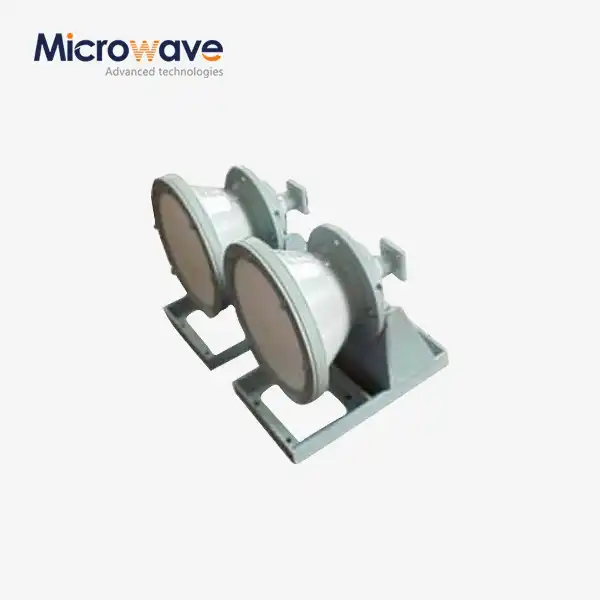 VIEW MOREConical Horn Lens Antenna
VIEW MOREConical Horn Lens Antenna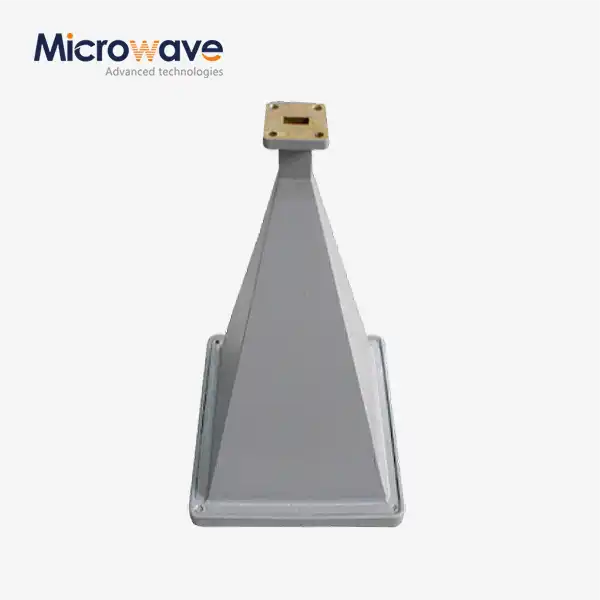 VIEW MOREPyramid Horn Lens Antenna
VIEW MOREPyramid Horn Lens Antenna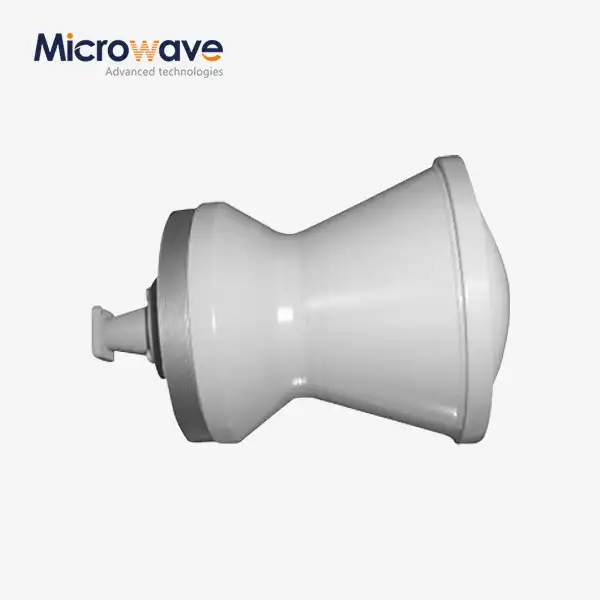 VIEW MOREPoint Focusing Horn Lens Antenna
VIEW MOREPoint Focusing Horn Lens Antenna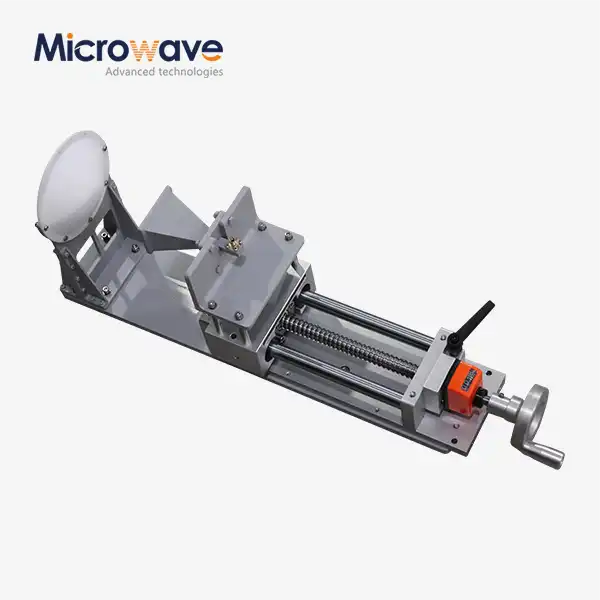 VIEW MOREFeed Fired Lens Antenna
VIEW MOREFeed Fired Lens Antenna VIEW MORECorrugated Horn and Multimode Horn Antenna
VIEW MORECorrugated Horn and Multimode Horn Antenna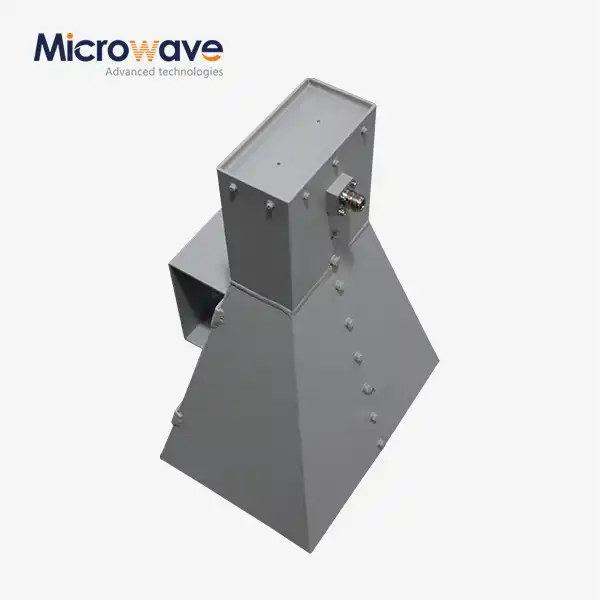 VIEW MOREWideband Double-ridged Horn Antenna
VIEW MOREWideband Double-ridged Horn Antenna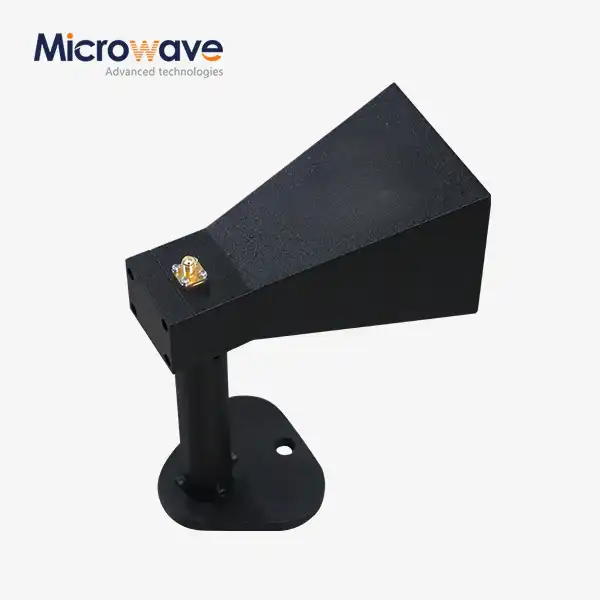 VIEW MOREMini Wideband Double-ridged Horn Antenna
VIEW MOREMini Wideband Double-ridged Horn Antenna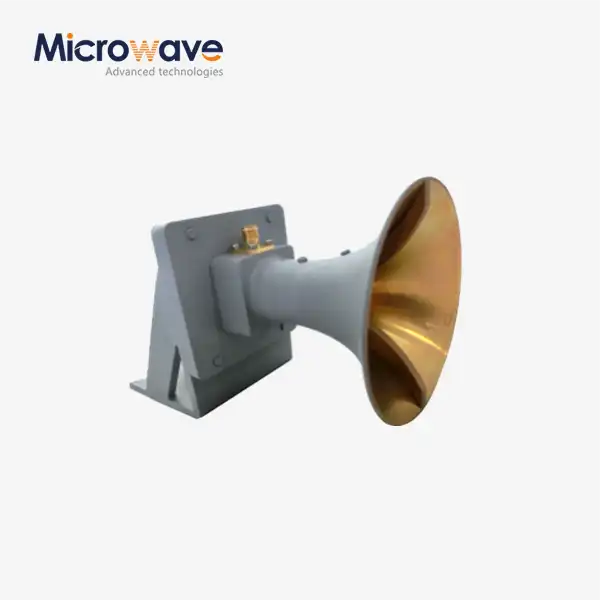 VIEW MOREUltra Double-ridged Horn Antenna
VIEW MOREUltra Double-ridged Horn Antenna




